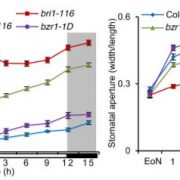
Say “Ah!” The Right Amounts of Brassinosteroids and Hydrogen Peroxide Open the “Mouths” of Plant Leaves
Research, The Plant Cell, The Plant Cell: In BriefStomata, from the Greek “mouths,” are tiny pores in the epidermis of many plant aerial tissues that are “fed” carbon dioxide for making sugar. But plants also lose water through these same pores via transpiration. Stomatal aperture regulation in response to environmental cues is therefore of…

Round Effects: Tasg-D1 is Responsible for Grain Shape in Indian Dwarf Wheat
Research, The Plant Cell, The Plant Cell: In BriefWheat (Triticum spp.), one of the oldest cultivated cereals, is a major food crop grown in many regions with temperate climates. At present, wheat is grown over a wider area than any other commercial crop. Given its importance, extensive marker-assisted breeding of wheat varieties has been undertaken…
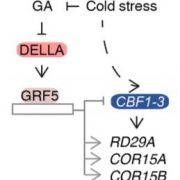
The Cold Never Bothered Me Anyway: DELLA-Interacting GROWTH REGULATING FACTORS Mediate Plant Growth in Cold Stress
Research, The Plant Cell, The Plant Cell: In BriefThe gibberellin (GA) hormone signaling pathway is a key regulator of major plant developmental processes such as seed germination, cell elongation, and flowering time. The influence of GA is mediated by DELLA repressor proteins which, in the absence of GA, inhibit the activity of transcription factors.…
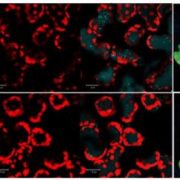
The Case of Virus-Induced Plant Autophagy: Cui Bono?
Research, The Plant Cell, The Plant Cell: In BriefPlant-viral interactions, like other plant-pathogen interactions, involve a molecular arms race. When plants mount a defense response against an unwanted viral invasion, the invaders eventually evolve mechanisms to thwart or sabotage the defense response, thus placing plants back under pressure to evolve…
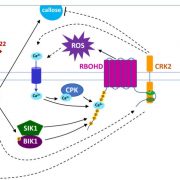
En Garde: CRK2 Pre-associates with RBOHD and Regulates ROS Production
Research, The Plant Cell, The Plant Cell: In BriefReactive oxygen species (ROS) production is a common early response to biotic or abiotic stresses. While an important messenger in both plants and animals, unrestricted accumulation of ROS has deleterious consequences such as cell death. Thus, the production of ROS is tightly controlled. A main component…
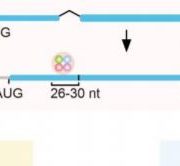
Telling Footprints: Exon Junction Complexes Mark Targets of Nonsense- and miRNA-Mediated mRNA Decay
Research, The Plant Cell, The Plant Cell: In BriefRNA degradation mechanisms control the quality and quantity of mRNAs and are crucial for plant cell viability. The major pathways for RNA degradation involve 5’-3’ or 3’-5’ exonucleolytic cleavage by exoribonucleases or the exosome complex, respectively, whereas targets of miRNAs are cleaved…

The Rules of Attachment: REC8 Cohesin Connects Chromatin Architecture and Recombination Machinery in Meiosis
Research, The Plant Cell, The Plant Cell: In BriefDuring cell division, accurate tethering and release of newly replicated sister chromatids is essential for ensuring that each daughter cell receives a full set of chromosomes. To accomplish this, cells use cohesins that act as the “chromosomal glue”. These cohesins are a group of ring-shaped protein…
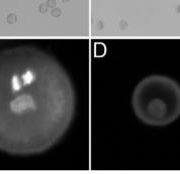
Pol IV Function is Differentially Essential within the Brassicaceae
Research, The Plant Cell, The Plant Cell: In BriefAt least five RNA polymerases (Pol I to Pol V) are known to exist in plant cells. Pol IV produces short transcripts that are converted into double-stranded RNAs by RNA-dependent RNA polymerase 2 (RDR2) and processed into 24-nucleotide (nt) small interfering RNAs (siRNAs) by DICER-LIKE 3 (DCL3). These…
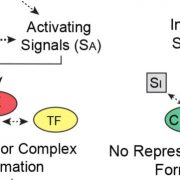
When to Sleep? CHT7 is Critical for Nutrient-dependent Quiescence in Chlamydomonas
Research, The Plant Cell, The Plant Cell: In BriefTo survive nutrient scarcity, unicellular organisms establish a reversible quiescent state in which cells cease growth and division and switch metabolism to an energy-conserving mode. When nutrients become available again, cells exit from quiescence and resume growth and division. The mechanistic details…

